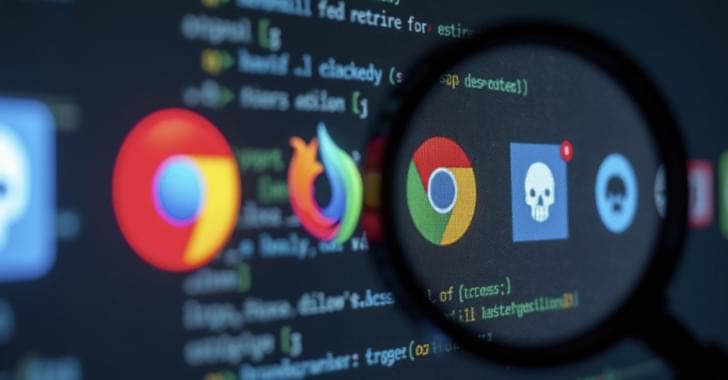American chipmaker Microchip Technology Incorporated has disclosed that a cyberattack impacted its systems over the weekend, disrupting operations across multiple manufacturing facilities.
Headquartered in Chandler, Arizona, the company has roughly 123,000 customers across multiple industry sectors, including industrial, automotive, consumer, aerospace and defense, communications, and computing markets.
Due to an incident, some Microchip Technology manufacturing facilities operate at reduced capacity, affecting the company’s ability to meet orders. Microchip Technology also had to take steps to manage the situation, such as shutting down some systems and isolating the affected ones following the breach.









